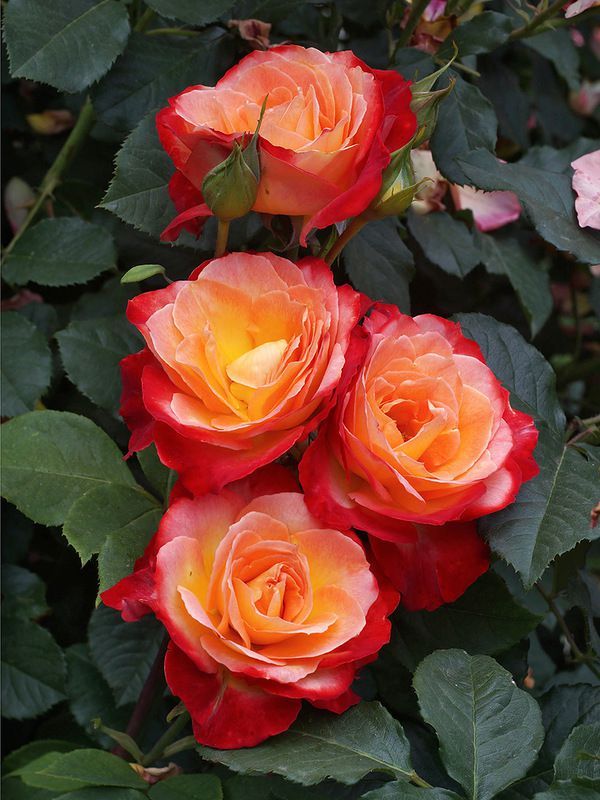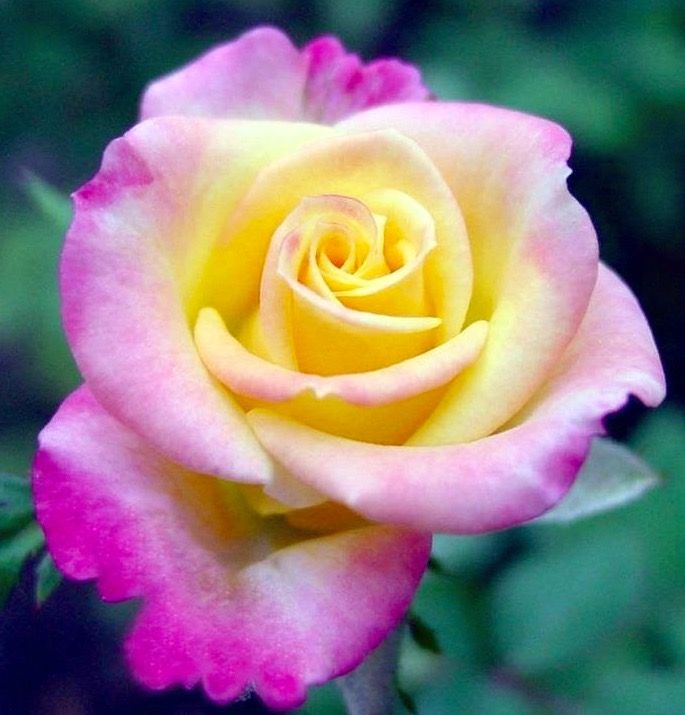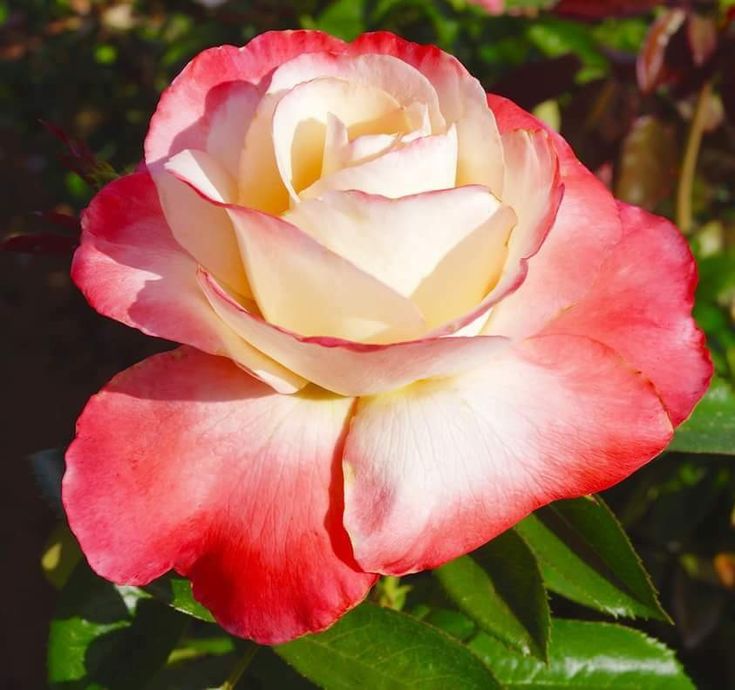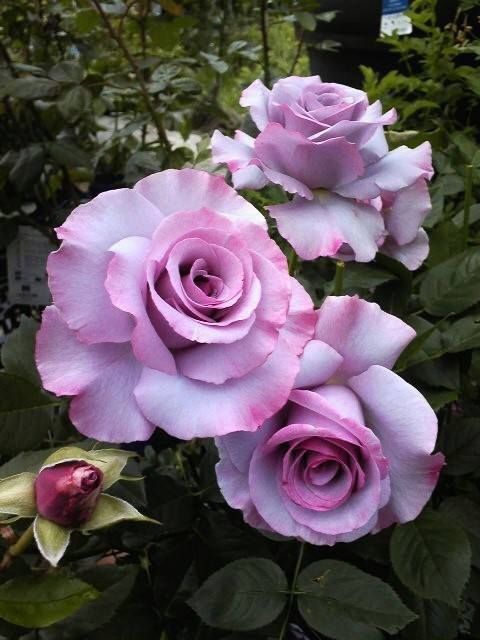Roses, with their timeless beauty, can be surprisingly resilient in the face of water scarcity when equipped with the right care. Cultivating drought-tolerant roses not only conserves water but also encourages hardiness and sustainability. In this comprehensive guide, we explore effective watering techniques to ensure your drought-tolerant roses flourish while minimizing water usage.










Understanding Drought-Tolerant Roses
**1. *Selecting Drought-Tolerant Varieties*
- Choose rose varieties specifically bred for drought tolerance. Varieties such as ‘Knock Out,’ ‘Carefree Wonder,’ and ‘Rugosa’ are known for their ability to thrive with minimal water.
**2. *Establishing Strong Root Systems*
- Promote deep root development by initially watering newly planted roses more frequently. Once established, deep roots enable the plant to access moisture from deeper soil layers.
Watering Techniques for Drought-Tolerant Roses
**1. *Deep, Infrequent Watering*
- Water your roses deeply but less frequently. This encourages the development of a robust root system that can access moisture from lower soil layers.
**2. *Morning Watering*
- Water your roses early in the morning when temperatures are cooler. This allows the soil to absorb moisture before the heat of the day, reducing evaporation and promoting efficient water use.
**3. *Watering at the Base*
- Direct water at the base of the rose plant, avoiding foliage. This minimizes the risk of fungal diseases and ensures the roots receive the moisture directly.
**4. *Use Drip Irrigation or Soaker Hoses*
- Implement drip irrigation or soaker hoses to deliver water directly to the soil around the roses. This targeted approach reduces water wastage through evaporation.
**5. *Mulching for Moisture Retention*
- Apply a layer of organic mulch around the base of the roses to conserve soil moisture, regulate temperature, and suppress weed growth. Mulching is a crucial step in drought-tolerant gardening.
**6. *Watering Based on Soil Moisture*
- Monitor soil moisture levels before watering. Stick your finger into the soil to a depth of a few inches. If it feels dry, it’s time to water. Avoid overwatering, as it can lead to root rot.
**7. *Adjust Watering Frequency*
- Adjust the frequency of watering based on weather conditions. During periods of drought or intense heat, roses may require more frequent watering.
**8. *Rain Barrel Usage*
- Collect rainwater in barrels and use it for watering your roses. Rainwater is naturally soft and lacks the salts and chemicals found in tap water.
Additional Tips for Drought-Tolerant Rose Care
**1. *Proper Soil Preparation*
- Ensure your roses are planted in well-draining soil. Amending the soil with organic matter enhances its water retention capacity.
**2. *Regular Pruning*
- Regularly prune your roses to remove dead or diseased wood. This helps conserve the plant’s energy and reduces water requirements.
**3. *Appropriate Fertilization*
- Use a balanced, slow-release fertilizer to provide essential nutrients without overstimulating growth. This helps maintain overall plant health during periods of water scarcity.
**4. *Drought Stress Monitoring*
- Keep an eye on your roses for signs of drought stress, such as wilting or yellowing leaves. Adjust your watering practices accordingly.
Conclusion
Cultivating drought-tolerant roses not only conserves water resources but also promotes the development of resilient, water-efficient plants. By implementing these watering techniques and incorporating sustainable gardening practices, you can enjoy the beauty of roses while contributing to environmental conservation.
FAQs About Watering Drought-Tolerant Roses
- Q: Can all rose varieties be considered drought-tolerant?
- A: While some rose varieties are naturally more drought-tolerant, proper care and watering practices are crucial for any rose to withstand periods of water scarcity.
- Q: How do I know if my roses are drought-stressed?
- A: Signs of drought stress in roses include wilting, drooping leaves, and yellowing foliage. Regularly monitor your roses for these indicators and adjust watering accordingly.
- Q: Is it possible to overwater drought-tolerant roses?
- A: Yes, overwatering can still be detrimental to drought-tolerant roses. It’s important to strike a balance and water deeply but less frequently to encourage strong root development.
- Q: Can I use automatic irrigation systems for watering drought-tolerant roses?
- A: Yes, automatic irrigation systems such as drip irrigation or soaker hoses can be effective for delivering water directly to the base of the roses. Ensure the system is adjusted based on the specific needs of your roses.
- Q: What other practices contribute to overall water efficiency in rose gardening?
- A: Proper soil preparation, mulching, and using rain barrels are additional practices that contribute to water efficiency in rose gardening. These measures help retain moisture and reduce the need for excessive watering.